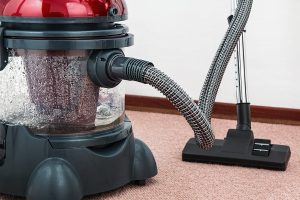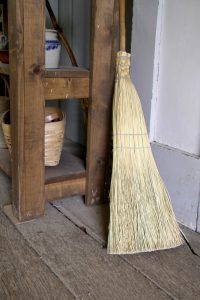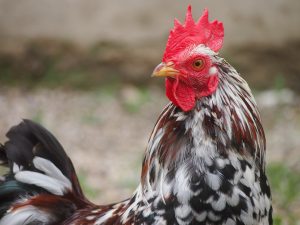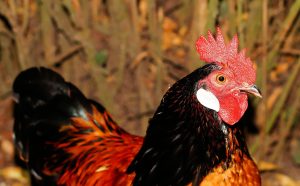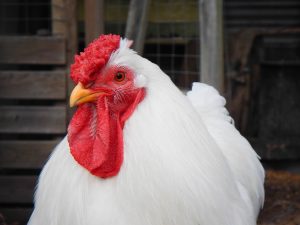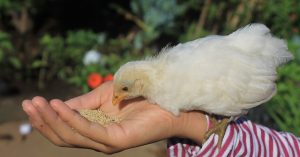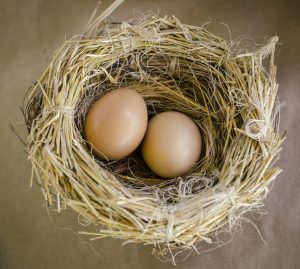Reading up on cleaning I have discovered that a minimum of once or twice a year the chicken keeper should conduct a deep clean of the chicken coop. This is on top of a more regular routine clean of the chickens environment which should also occur on a daily to weekly occurrence. It sounds like I will be spending a large amount of time with my marigolds on; however my wife (the darling that she is) assures me that as with all housework and cleaning, these chores can be conducted in a relatively short amount of time if cleanliness is kept on top of.
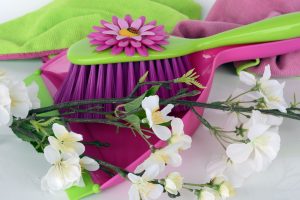
If your aim is to learn how to juggle chickens while bouncing a beach ball on your nose then the word on the street is to try keeping your chickens in the coop while conducting the spring clean. If you have more modest ambitions like me then I would recommend shooing the chickens out of the coop before starting. Just make sure the back gate is shut!
Once the chickens are safely out of the coop, then the spring clean may begin. The following tasks should be part of this routine (This is definitely a dampener to getting my chickens ):
• Sweep the floor and walls of the coop
• Remove all the dirty litter and waste
• Dust out the cobwebs and clean any windows
• Clear all ventilation screens and flaps
• Replace chicken bedding and litter
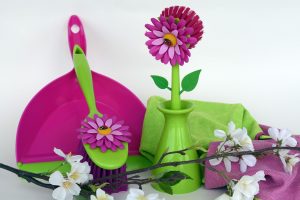
Cleanliness in the chicken coop is my main concern and my research has shown that some chicken keepers have also used air fresheners (maybe a meadow fresh fragrance!) within the coop. It has been popular for flower baskets and containers to be hung around the chicken coop too, this will keep the wife out of mischief and stop her from telling me I have missed a bit! While I reside closer to the spotless coop crowd, the use of automatic air fresheners appears a step too far even for me. Be careful in your pursuit of the immaculate chicken coop to ensure that the hygiene products that you are using are chicken friendly.
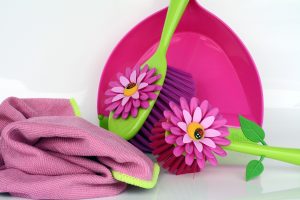
Your chickens should then be ready to return to the coop.


